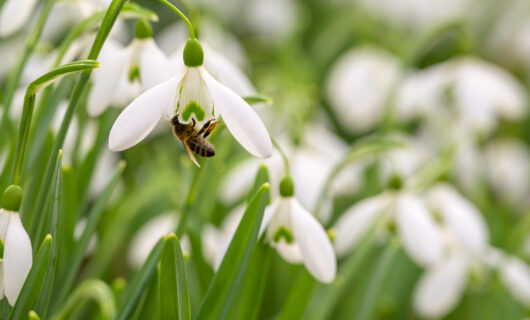Dishing the dirt on Compost
Compost Week UK celebrates the benefits of composting and encourages everyone to go back to basics to maximise plant health and crop production in their gardens and allotments.
Here’s 5 benefits of compost:
- Dig into soil to improve soil structure. Helps drainage and enables the exchange of carbon dioxide and oxygen. Or spread a layer on the surface if you follow the no-dig method;
- Returns essential nutrients to the soil. Beneficial bacteria and fungi break down organic matter to create humus, a rich nutrient-filled material;
- Recycles kitchen and garden waste, reducing waste sent to landfill;
- Beneficial for wildlife and the environment;
- Use as a mulch to retain water in soil, suppress weeds and improve overall appearance.
So, we now know why compost is beneficial but how do we get the best compost?
Emma’s 5 tips to make your compost ‘Top of the Pile’:
- Aim for 25-50% green material (e.g. grass clippings, annual weeds and vegetable peelings) and 50-75% woody brown material (e.g. prunings, wood chippings, cardboard and dead leaves);
- Alternate layers of green and brown materials and turn the heap at least 4 times a year. Turning the heap adds air; air is necessary for composting to occur;
- Shred or chop materials as finely as possible before mixing them into the pile;
- Add a spadeful of soil from your garden; this will ensure that beneficial bacteria and fungi (microorganisms) from your garden are present in your compost;
- Position your compost heap in light shade to ensure the microorganisms break down the compost material. Keep the compost moist, but not too wet. This enables the microorganisms to work.
Garden compost can take between six months and two years to reach maturity, but is worth its weight in gardeners’ gold.
Emma
Horticulturalist
More from the blog
See more
-

Updates from the Walled Garden in Spring
What can be discovered in the Walled Garden at Markshall this Spring? Our Walled Garden is home to a stunning […]
-

Commemorating the 80th Anniversary of Operation Varsity
What was Operation Varsity? Operation Varsity was the codename for the largest single airborne operation conducted on a single day […]
-

Your guide to enjoying the snowdrop display at Markshall
February is the best time to visit Markshall’s spectacular snowdrop display. To ensure that you make the most of your […]